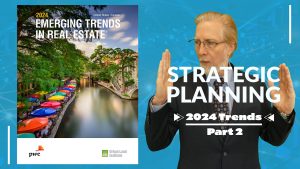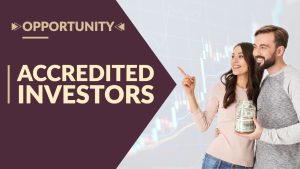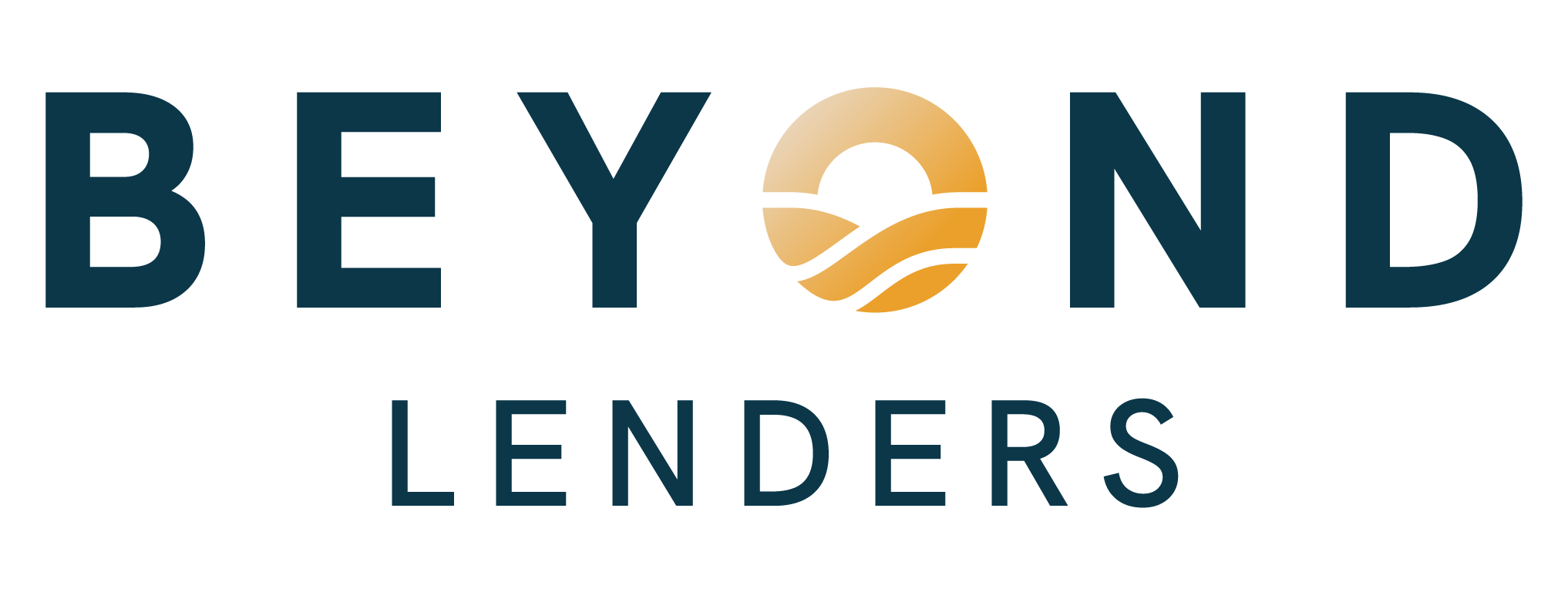As IRR is a commonly cited metrics in private placement memoranda for investment properties, make sure you know what it means.
Objectives
- Recognize how IRR is used to compare investment opportunities.
- Understand how the timing and volume of cash flow impacts IRR.
- Learn how to calculate IRR in Microsoft Excel.

Listen to This Article
Real estate investing requires a thorough understanding of the various metrics that are commonly used to compare investment opportunities. One such metric is internal rate of return, or IRR. In fact, given how IRR is so ubiquitously cited in the private placement memoranda of fund and syndication sponsors, you’re going to be lost if you don’t understand what it means. Taking it one step further, the ability to accurately gauge the validity of a sponsor’s target IRR is essential to your success as an investor.
What Is IRR?
IRR is a percentage that represents the average annualized return of an investment from the day the property is purchased until the day it’s sold. For example, an investor pays $10,000,000 for a retail center that generates a net operating income, or NOI, of $600,000 per year. At the end of the seventh year, they sell the property for $10,000,000. What’s the IRR?

Of course, it’s highly unlikely that NOI and market value would remain flat over seven years. However, the simplicity of this example helps to illustrate the key components that go into calculating IRR. It’s a representation of every dollar that goes into the investment and every dollar that comes out of the investment. It’s probably obvious to you why the IRR in this example is 6%. Under normal circumstances, most of us wouldn’t be able to calculate IRR in our heads.
A More Realistic Example
For the next example, let’s consider how things are likely to change during the holding period. Long-term leases almost always include annual rental rate escalations, so we’re going to assume that NOI grows by 3% each year.

Let’s also make an assumption about the sale price at the end of the holding period. We’ll frame that assumption by means of a going-in cap rate and a terminal cap rate. Referencing the previous example, let’s start out our analysis with a purchase price of $10,000,000 and an NOI in Year 1 of $600,000. That means the going-in cap rate is 6%, indicated by dividing NOI by the purchase price.
As for the terminal cap rate, this is where expertise comes into play. It’s a matter of judgement. For example, let’s postulate that the property is purchased during a low point in the real estate cycle. In seven years, we anticipate selling the property at a high point in the cycle. Even though the property will be seven years older, market forces will warrant a terminal cap rate that’s lower than the going-in cap rate. Our assumption is that it will be 5.5%.
Microsoft Excel is handy for calculating IRR. As shown in Exhibit 2, it calculates that the IRR of the cash flow in this example is 9.7%.
The Microsoft Excel Formula
In all likelihood, some observant readers have already spotted the Excel formula in the exhibits. It appears in the field at the top of each exhibit, just to the right of “fx.” Found it? It’s =IRR(C4:J4). In each of these examples, we’re underwriting a 7-year holding period. “Year 0” represents the date of acquisition and “Year 7” is the date of disposition, exactly seven years later. It’s perhaps a little counterintuitive because you need values in eight cells to calculate a 7-year cash flow. The same logic applies to any holding period, meaning that you’ll always start from zero. Modify the formula accordingly to match your specific holding period.
Cash Flow for a Value-add Deal
Building on the previous examples, let’s consider a value-add deal. Perhaps the retail center has been mismanaged for an extended period of time. As a result, it’s outdated, has some deferred maintenance issues, and many of its units are currently vacant. It’s only generating an NOI of $300,000.

You’re going to acquire the property at a discount and implement a detailed plan for repairs, renovations, and upgrades. You’ll then lease it back up to stabilized occupancy at market rents. Based on your expertise, all of this will be accomplished during the first two years of the holding period at a cost of $1,500,000, in addition to the purchase price of $6,500,000. Since the property will be operating at stabilized occupancy from Year 3, we’ll assume the same growth rate and terminal cap rate that were used in the earlier example.
You may be surprised by the going-in cap rate, which is 4.6%. While that seems low, especially since the stabilized retail center had a cap rate of 6%, the more important consideration in a value-add deal is the proforma cap rate. Your assumption is that NOI would be $600,000 if the property was operating at stabilized occupancy. That means that the proforma cap rate is 9.2%, the proforma NOI divided by the purchase price. In this example, even though cash flow is negative during the first two years of the holding period, you wind up with an IRR of 13.7%.
Don't Stop Now!
We’ve covered a number of higher-level concepts in this article. If you need a refresher course on NOI or cap rates, watch our videos on these topics. In our video on the risk/return spectrum, we discuss the IRR range that investors typically expect to receive for value-add and other investment types.



















